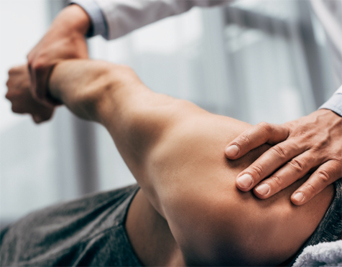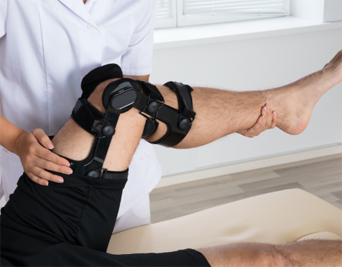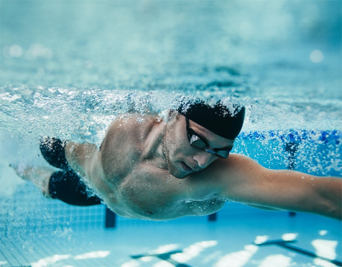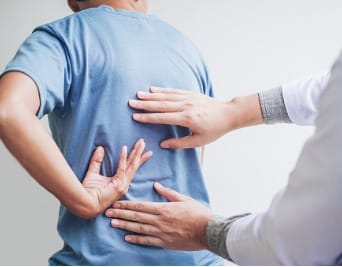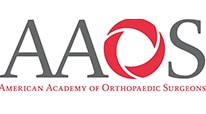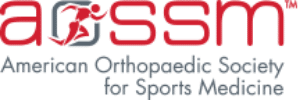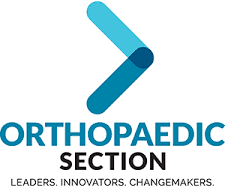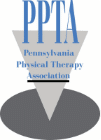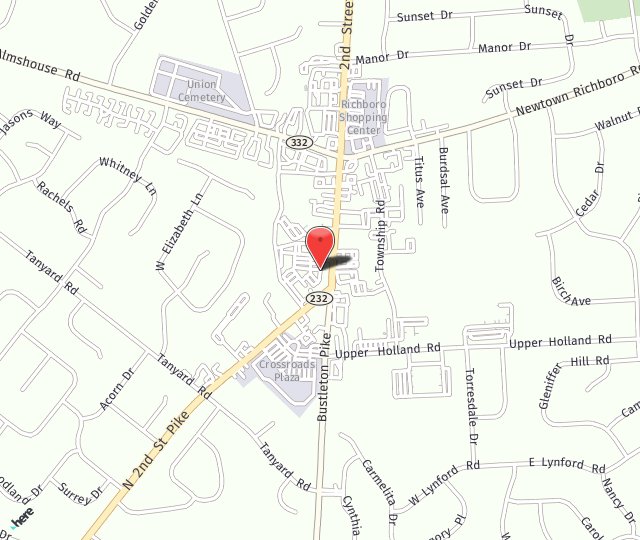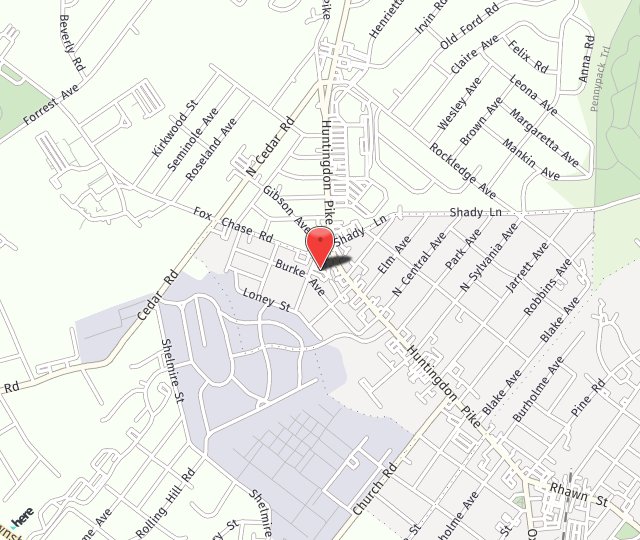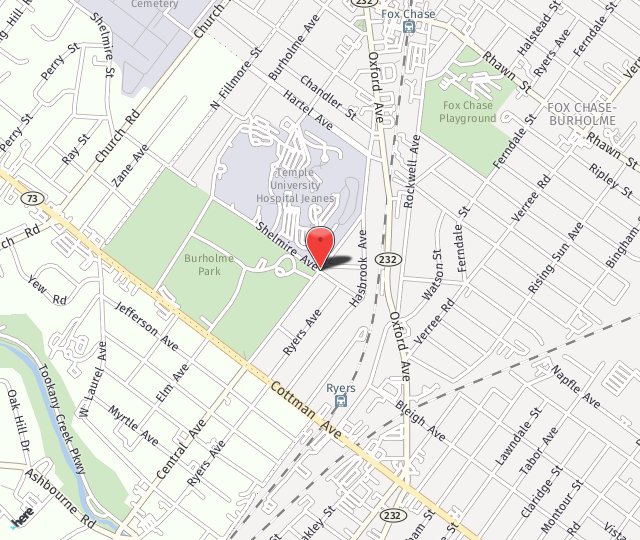Overview
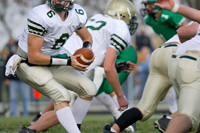
Sports medicine is a subspecialty of Orthopaedic Surgery that deals with the prevention, diagnosis, treatment and rehabilitation of injuries suffered during athletic activity. The goal of treatment is to heal and rehabilitate the injury so patients can return to their favorite activities quickly.
As with a sports team, there are many physicians who work together to help the patient regain maximum use of the injured limb or joint. “Players” on the team are typically the physician, orthopaedic surgeon, rehabilitation specialist, athletic trainer and physical therapist – and the patient him/herself. Our doctors have specialized training in the diagnosis, treatment and prevention of sports injuries, and can help athletes return to their favorite activities as quickly as possible through the most advanced, minimally invasive treatments available.
Injury Prevention
One of the main goals of our Sports Medicine Center is INJURY PREVENTION. Our doctors have spoken to local community groups, clubs, and coaching organizations about injury prevention for adolescent to masters athletes. We are active participants in promoting the STOP Sports Injuries program, an initiative started in 2007 by the American Orthopaedic Society for Sports Medicine/American Academy of Pediatrics to raise awareness of injury prevention and to offer education to extend an adolescent's athletic career. We offer educational materials for athletes, parents, and coaches regarding prevention of sport specific injuries, tips on recognizing an injured athlete, and discussing injuries with your child's coach at our office locations.
As the number of athletes increases yearly, both the incidence and prevalence of sports injuries has increased. Several programs have been developed and distributed to aid in the prevention of injuries including anterior cruciate ligament (ACL) tears. We favor a prevention program that includes a warm-up, stretching program, strengthening program, and plyometric program. Several programs also include sports specific conditioning. The 11+ is a soccer specific prevention program recently shown to have contributed to a significant decline in the number of injuries in players. Materials can be downloaded at www.f-marc.com/11plus. Two excellent ACL prevention programs are available for female athletes at www.girlscanjump.com and www.smsmf.org. All of these programs are recommended for athletes 13 years and older.
Baseball and Softball Programs
Baseball and softball remain popular sports for adolescents, high school and collegiate athletes, and even the weekend warriors. These overhead athletes require specialized treatment and rehabilitation plans. The physicians and physical therapist at the Sports Medicine Center offer a comprehensive rehabilitation program for injuries to the pitching and batting shoulder, elbow, and wrist. Our rehabilitation programs are designed around the specific needs of the injured extremity and include the most recent and advanced concepts regarding the treatment of these injuries. Many of these injuries can be treated without surgery.
At the end of a successful rehabilitation program, we offer interval training and throwing programs that can be performed with the athlete's parents or coaching staff to complete their recovery and transition back to play. We offer interval programs to complete the rehabilitation for a number of other athletic pursuits including golf, tennis, and volleyball.
Arthroscopic procedures for the shoulder and elbow are minimally invasive, allow for evaluation of the entire joint, and are available to treat the overhead athlete. These procedures can be used for debridement of lateral epicondylitis in the elbow, labral repair in the shoulder, and even rotator cuff repair. Open ligament procedures about the elbow including direct ligament repair or ligament reconstruction (Tommy John) are also part of our treatment program.
Knee Ligament and Cartilage Injuries
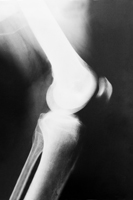
As the level and intensity of competition rises, injury can occur to the knee ligaments and the articular cartilage (joint cartilage). We offer a wide range of services for the injured knee including the most current concepts in anterior cruciate ligament reconstruction (ACL).
Meniscal injuries are often seen in the injured knee with an ACL tear. Operative techniques including arthroscopic meniscus repairs can be combined with the ACL reconstruction and newer “all-inside” techniques avoid the need for additional incisions. More advanced options such as meniscus transplantation are also part of our treatment pathway.
The joint cartilage or articular cartilage can be damaged acutely (at the time the injury occurred) or through “wear and tear”. These injuries can sideline young and middle aged athletes. Conservative options are tried first and include bracing, corticosteroid injection, and viscosupplementation injections like Synvisc. In cases that require surgery, advanced procedures allow for debridement, repair, or replacement of damaged cartilage. These procedures include microfracture, osteochondral autograft transfer, and even implantation of allograft (donor) cartilage.
Autologous Chondrocyte Implantation (ACI) is a two stage procedure that can be used to graft large cartilage defects from cells taken from your own knee. The first procedure is an arthroscopic evaluation and biopsy to obtain your cartilage cells. These cells are grown and multiplied in the laboratory for 4-6 weeks. The second surgery includes an open procedure to prepare the damaged site for implantation of the cells. The cartilage cells are implanted and held in place by a periosteal patch taken from the tibia (shin bone).
High tibial osteotomy can be used in cartilage and ligament reconstruction procedures to unload a damaged joint compartment and restore the normal alignment of the injured knee. This procedure can be used as the primary operation or in conjunction with other reconstruction procedures. During the procedure bone can be removed or added. The osteotomy is held in place with plates and screws made from stainless steel or more advanced materials.
Biologics
Recent news articles have reported on the benefits of platelet rich plasma PRP in the treatment of sports injuries. Injuries treated with PRP include tennis elbow (lateral epicondylitis), muscle strains and contusions, rotator cuff tendinitis, Achilles tendinitis, and it can also be used in conjunction with operative repairs of torn tendons (Achilles, Quadriceps, Rotator cuff). We currently use PRP during primary quadriceps and Achilles tendon repairs. It is also offered to our patients as a surgical alternative in recalcitrant lateral epicondylitis.
For More Information
To make an appointment, click here or contact us at 215.745.4050.

